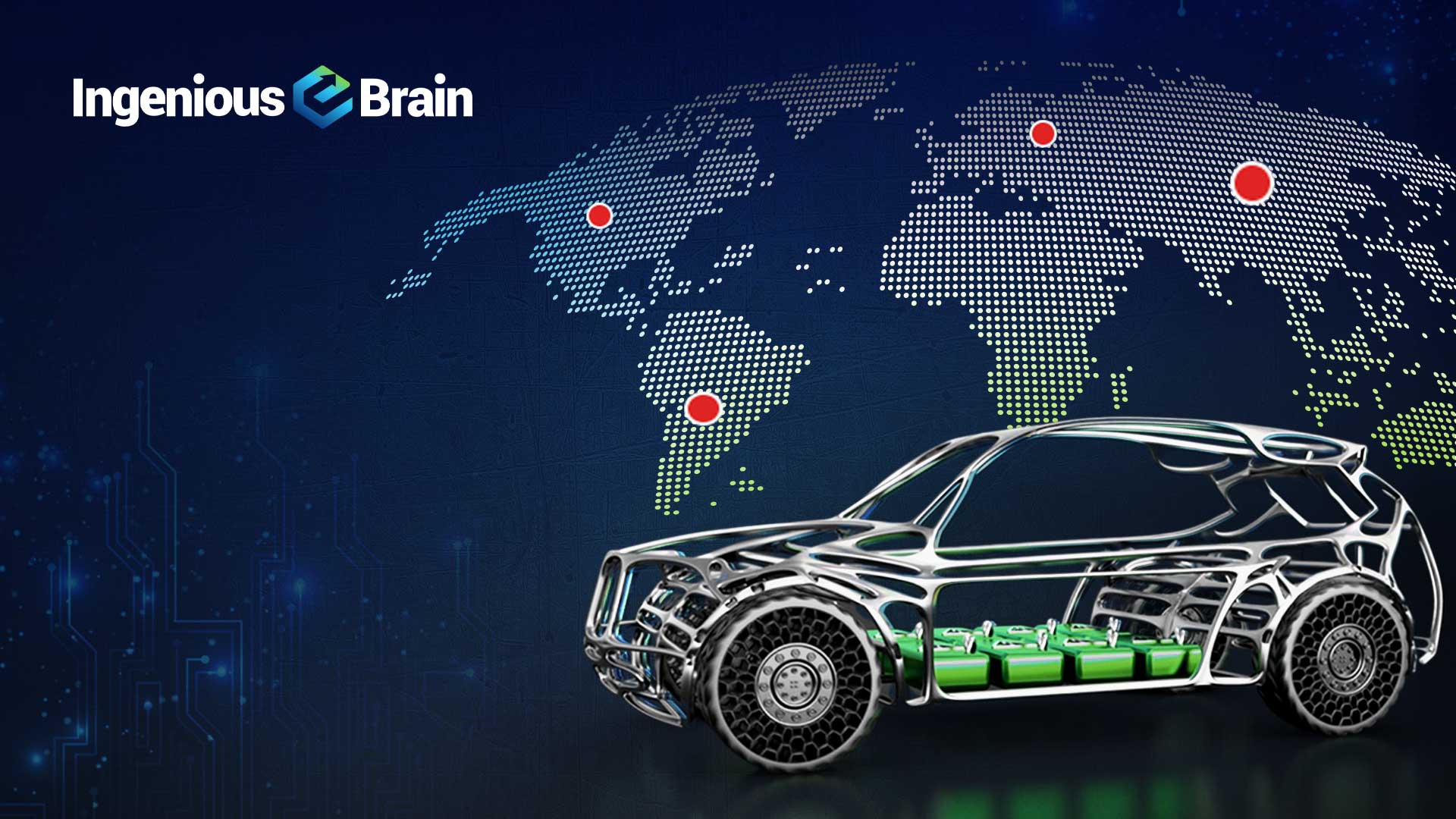In the 21st century, human society is facing three major issues; the first one is energy security, public health, and a clean environment. The generation of waste in every part of the world is seen to increase. The proper disposal of wastes, especially non-biodegradable solid waste, is difficult as they can’t be reused and can’t be decomposed. Hence, the need for a solution is required to deal with this problem. The waste-to-energy generation techniques solve the problem of waste disposal and give a source for energy generation.
The Principal and The Needs
Before going into the more technical terms, it is essential to know what this waste-to-energy conversion signifies and why we need it. This waste-to-energy generation technique indicates the different ways people’s waste can generate energy for electrification, boiling water for steam generation in the industry, and much more. We need to do this because of the non-decomposition nature of the various wastes and over-accumulation of these wastes, which leads to significant environmental pollution and ecological disbalance.
Characterization of Wastes
For energy generation, not all types of waste can be used. Hence, we need to classify and characterize the available waste according to our desire for energy generation. The classification, along with the age of different types of wastes, is given below.
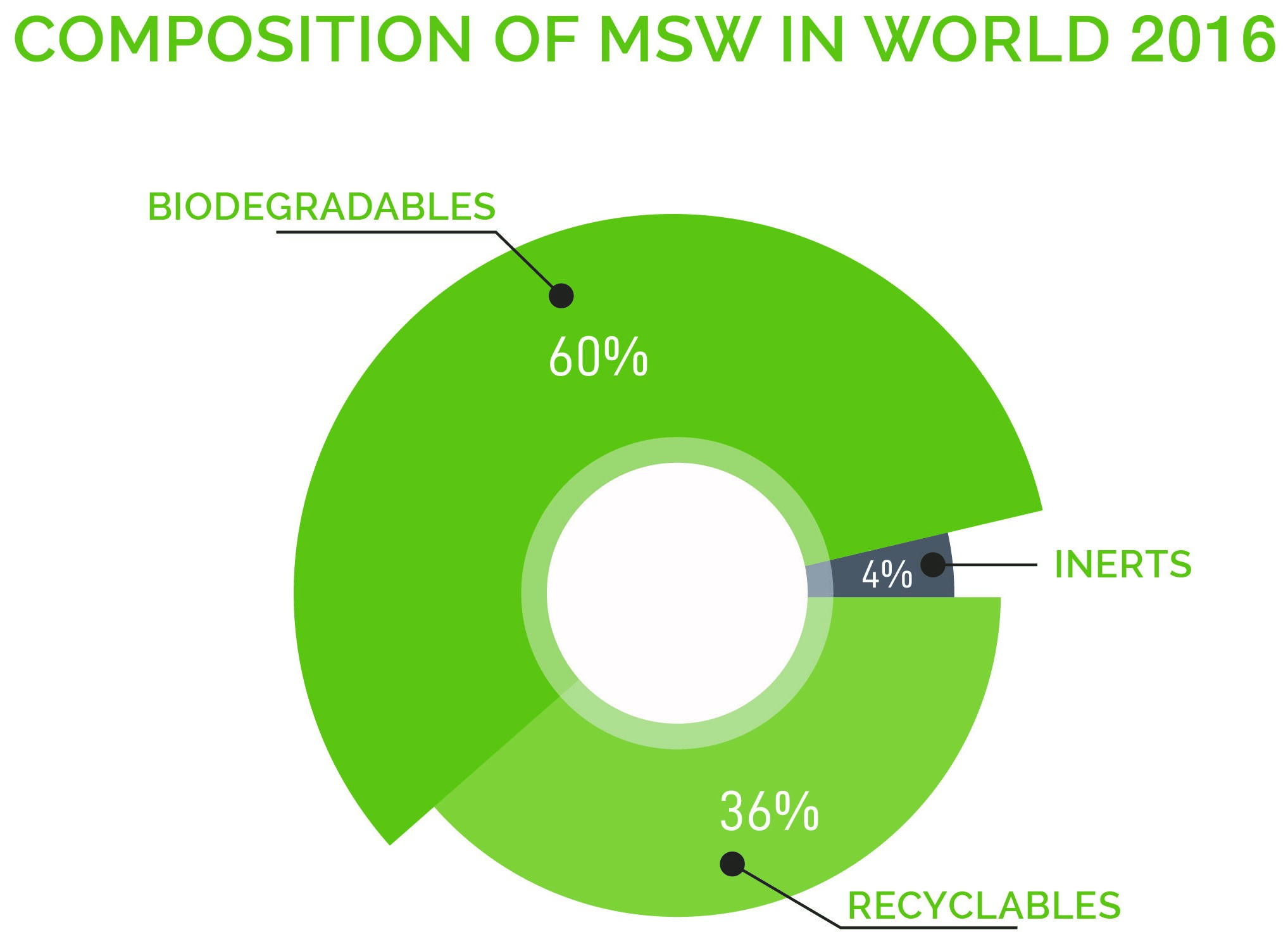
As biodegradables constitute 60% of the total solid wastes produced, they can be used for composting, biomass generation, etc. However, according to their energy density, they can also be used for energy generation. On the other hand, the inerts cannot be used for the energy generation process and are hence discarded. The primary selection for a feed of the energy generation process depends on the high heating value and low moisture content. The following table shows us a few examples.
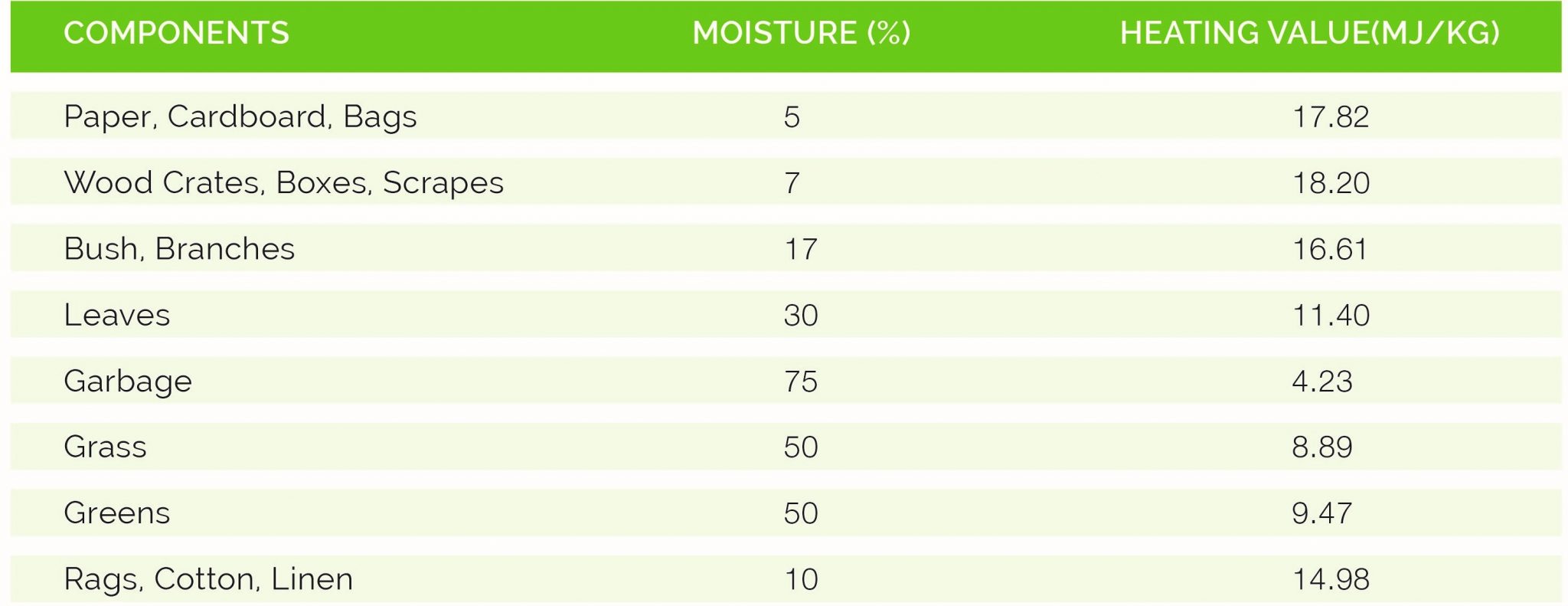
The solid wastes are characterized according to their properties which are-
- Physical properties: Specific weight, particle size distribution, moisture content, etc.
- Chemical properties: Fusing point of ash, energy content, etc.
For a waste particle to be used as a feed, the above characteristics are necessary.
Techniques of Energy Generation
The techniques for energy generation depend on the type of feed we use, as mentioned in the classification. Hence according to it, the techniques can be summarized as follows:
- Organic wastes – Techniques like anaerobic digestion, fermentation, transesterification, use of algal biomass, etc.
- Inorganic wastes – Techniques like incineration, gasification, pyrolysis, etc.
However, the focus here is on inorganic wastes. Hence, the techniques for inorganic wastes are discussed in detail.
Incineration
It is a waste treatment process that involves the combustion of organic substances contained in waste materials. It involves using an oxidant (usually air) to yield CO2, H2O, NOx, SOx, etc., along with ash, water vapor, and heat.
This technique of incineration helps us in two ways:
- The output gas can be used for heat application or electricity generation.
- The volume of waste reduces
However, every process has its advantages and disadvantages, and according to it, an industry can be built. Some of the advantages and disadvantages of incineration are-

Gasification
Gasification is a process that converts carbonaceous feedstocks, including biomass and wastes, into combustible gases (e.g., H2, CO2, and CH4) with specific heating values in the presence of partial oxygen supply (about 35% of what a complete combustion demands) and or suitable oxidants like steam. The produced gas is called synthesis gas or syngas.
The syngas product is used for various applications, including liquid fuels (diesel and gasoline) production through the Fisher-Tropsch process.
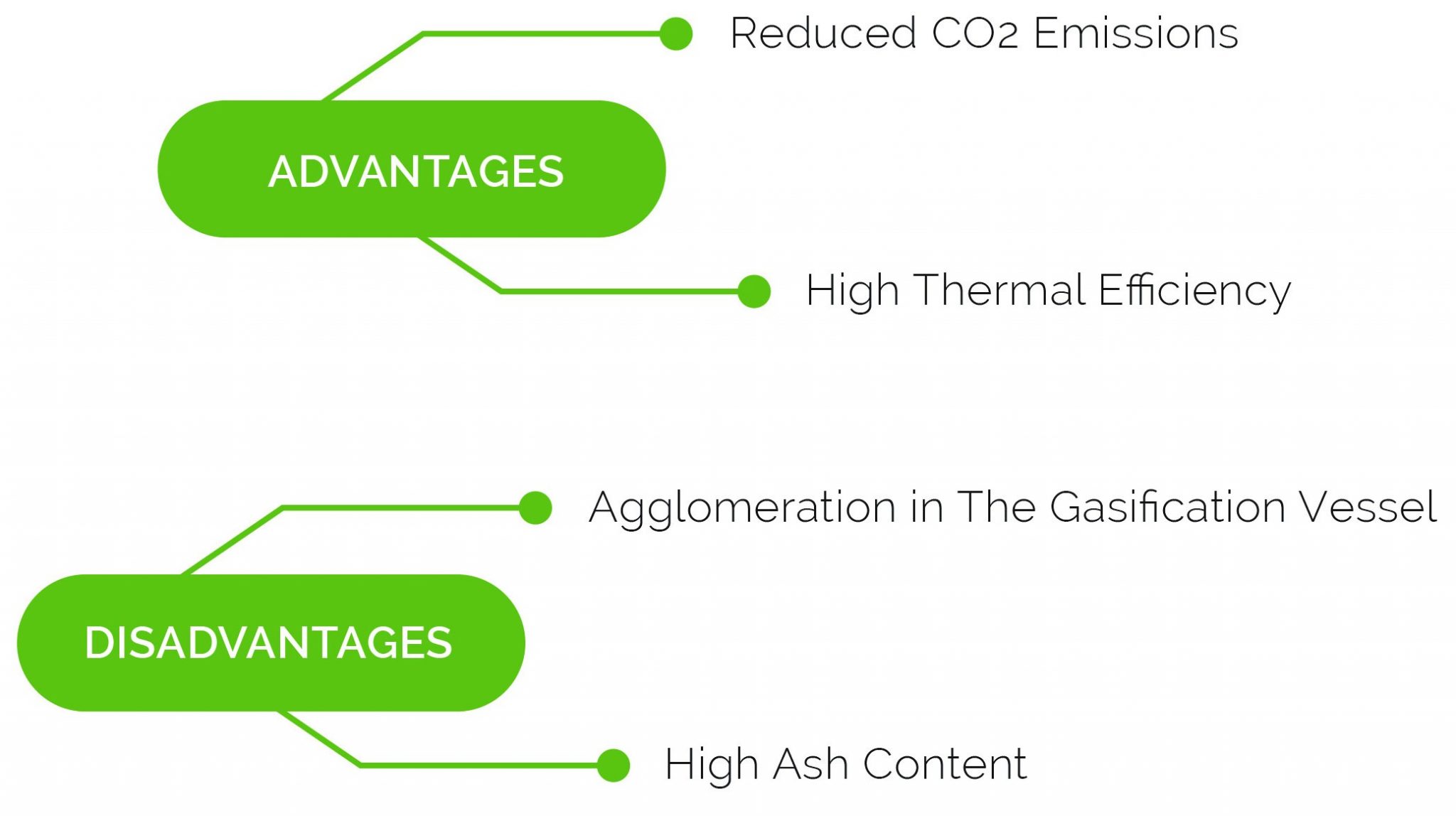
Pyrolysis
It is the first step of the gasification and combustion process. Also, it is the only process that converts different types of biomass and organic wastes into solids, liquids, and gaseous fuel.
The application for pyrolysis products is wide and is given below.
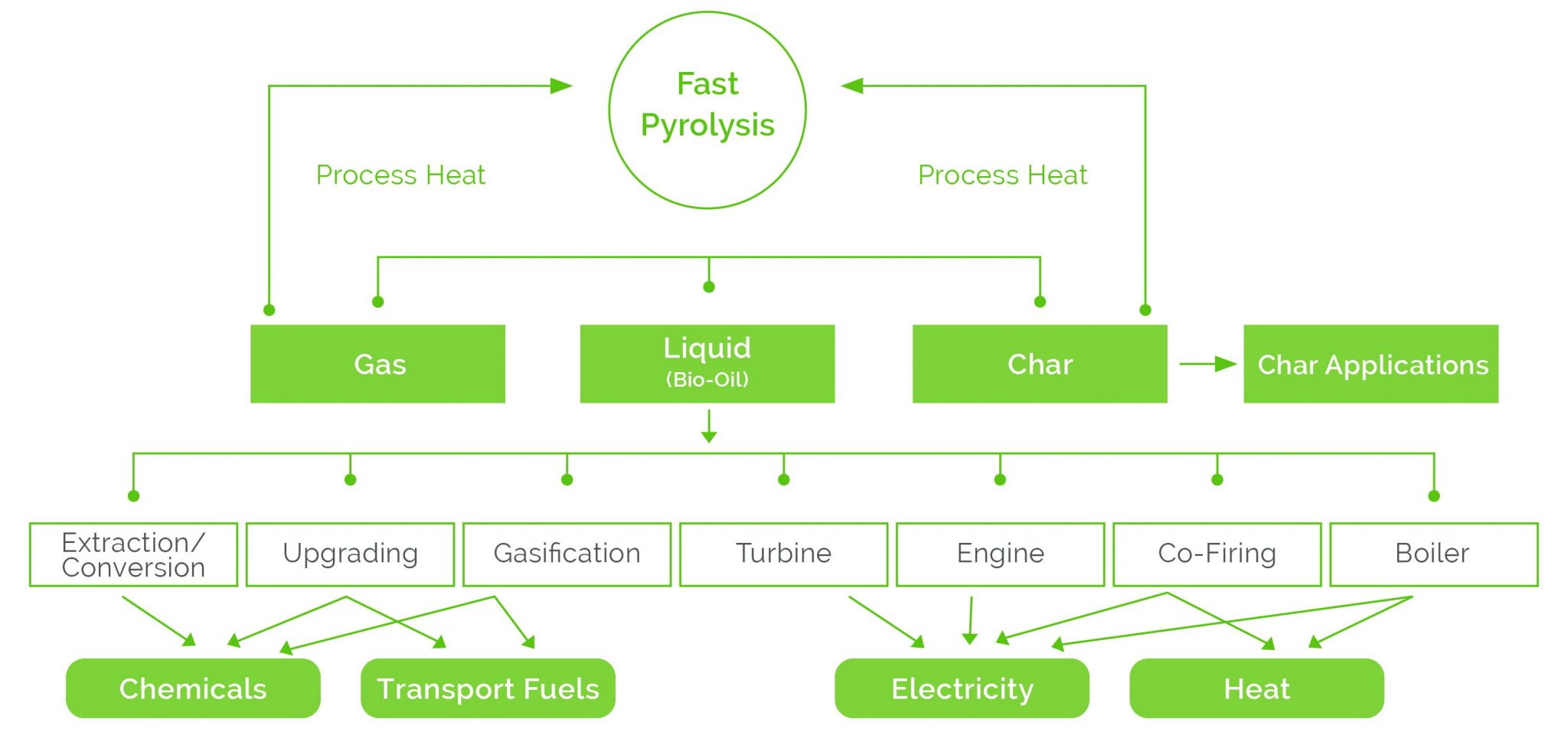
Liquid (bio-oil) is being used in every field hence the product of pyrolysis is bio-oil dominated. The advantages and disadvantages of pyrolysis (bio-oil) are-
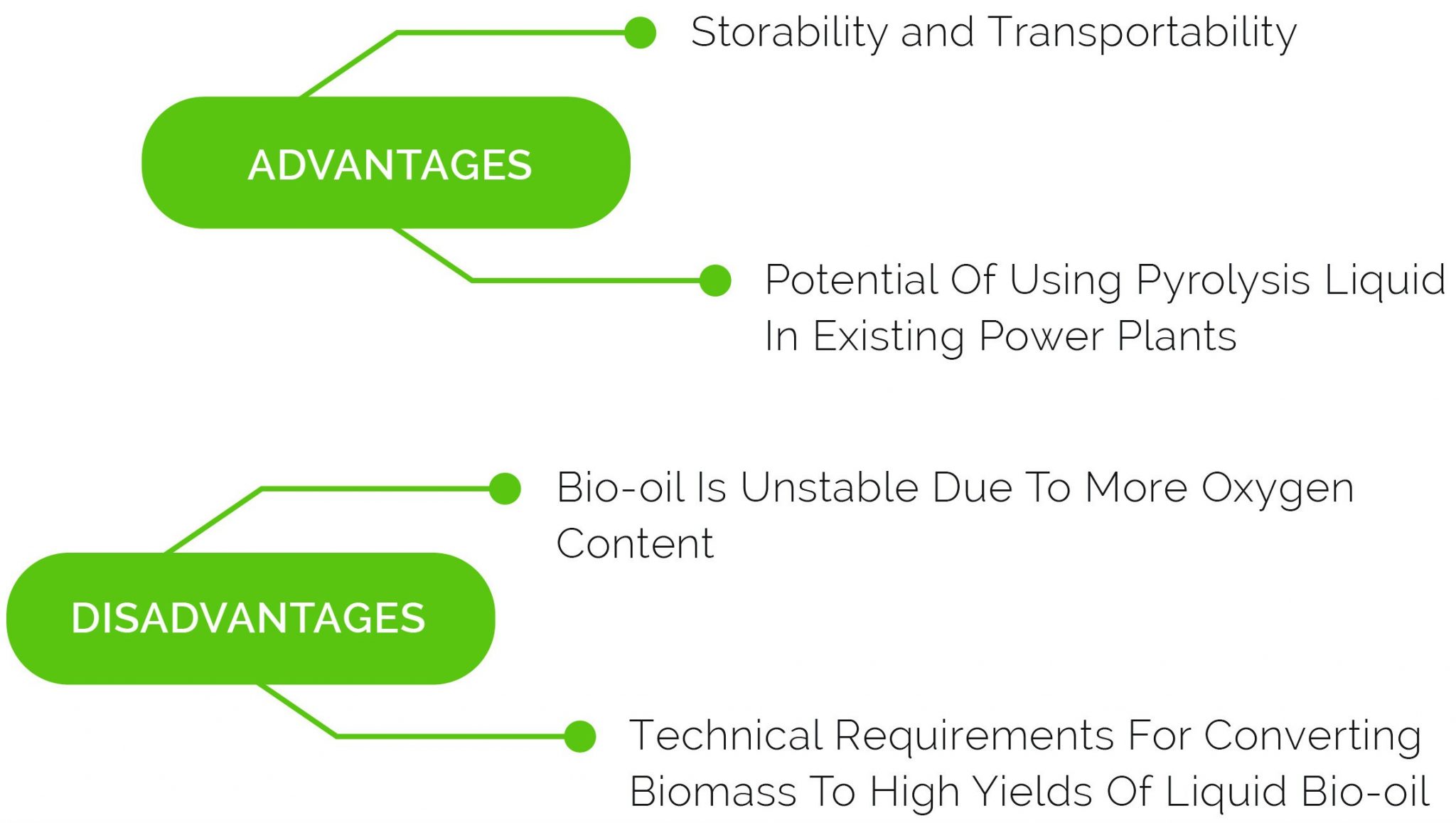
Energy Generation Through Waste Plastics
Plastics are typically organic polymers of high molecular mass, but they often contain other substances like fillers, plasticizers, and colorants. The monomer through which the polymer is formed is the basis for energy generation. Just like biodegradables, plastics depending on the principal monomer, have their usage for energy generation. For every plastic-based product, there are SPI codes that signify the type of monomer. Some of them are-
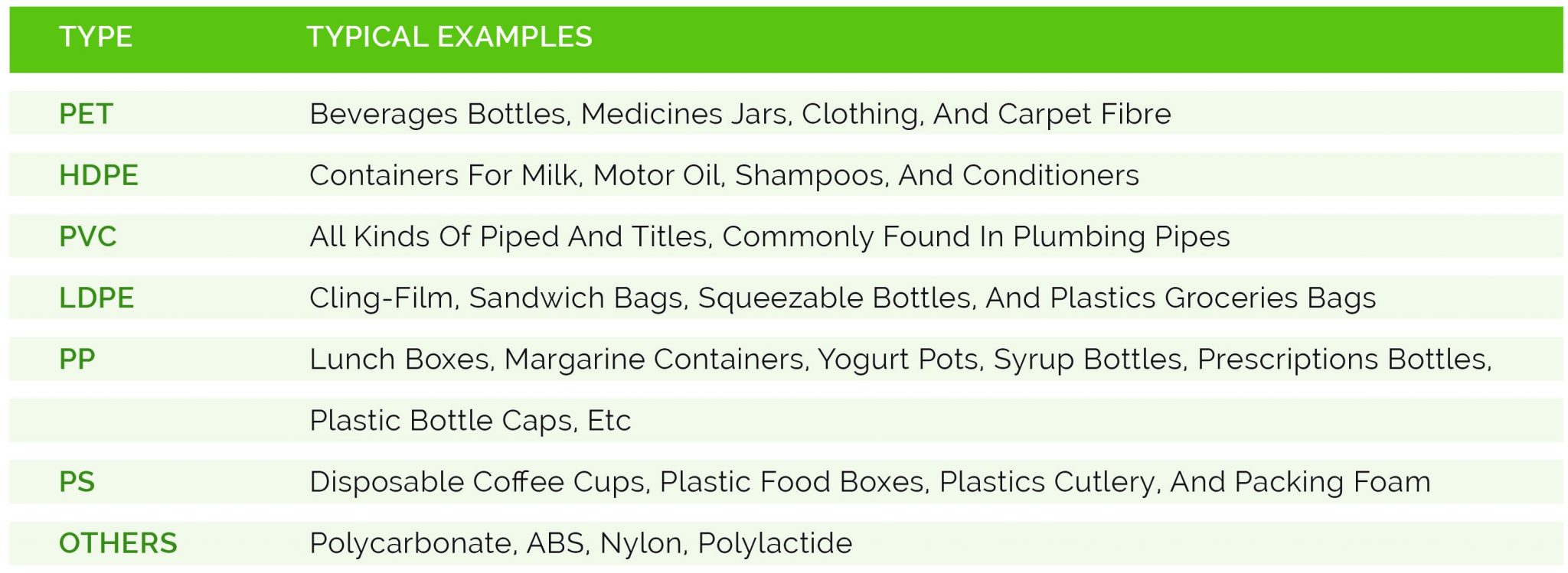
Plastics made of different polymers like polyethylene, polystyrene, etc., have different thermo-fuel capacities. This depends on the number of active carbon sites for polymers, as the technique used for energy generation in waste plastics is pyrolysis. Hence, carbon-oxygen interaction plays a huge role. The following table shows different polymers with their suitability for pyrolysis.
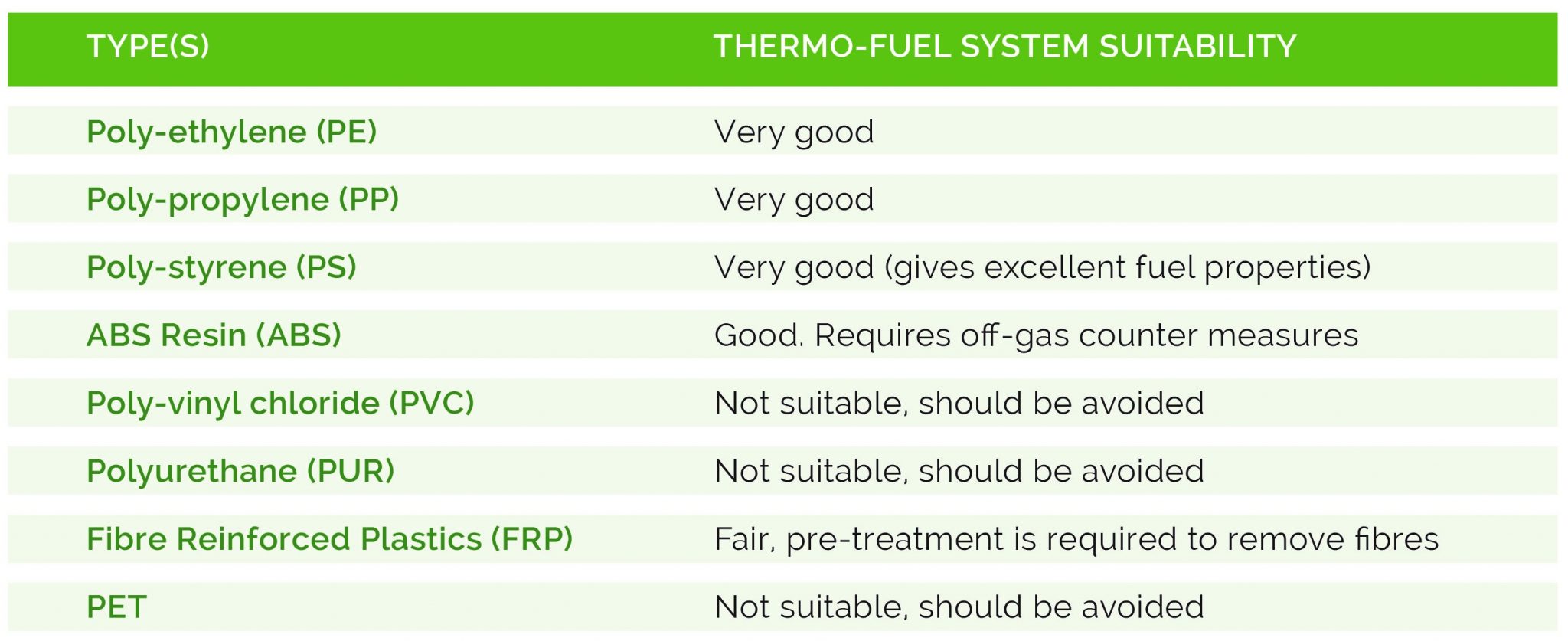
For a country like India, the good news is that about 80% of the total plastic waste is a carbon-based polymer product. Hence, a lot of energy can be extracted.
The use of 3Rs is still a better option as no pollution or energy will be required, but most of the waste can’t be reused or recycled. These energy generation techniques are pretty useful.
The process of pyrolysis is mainly of two types. The types and features are given below-
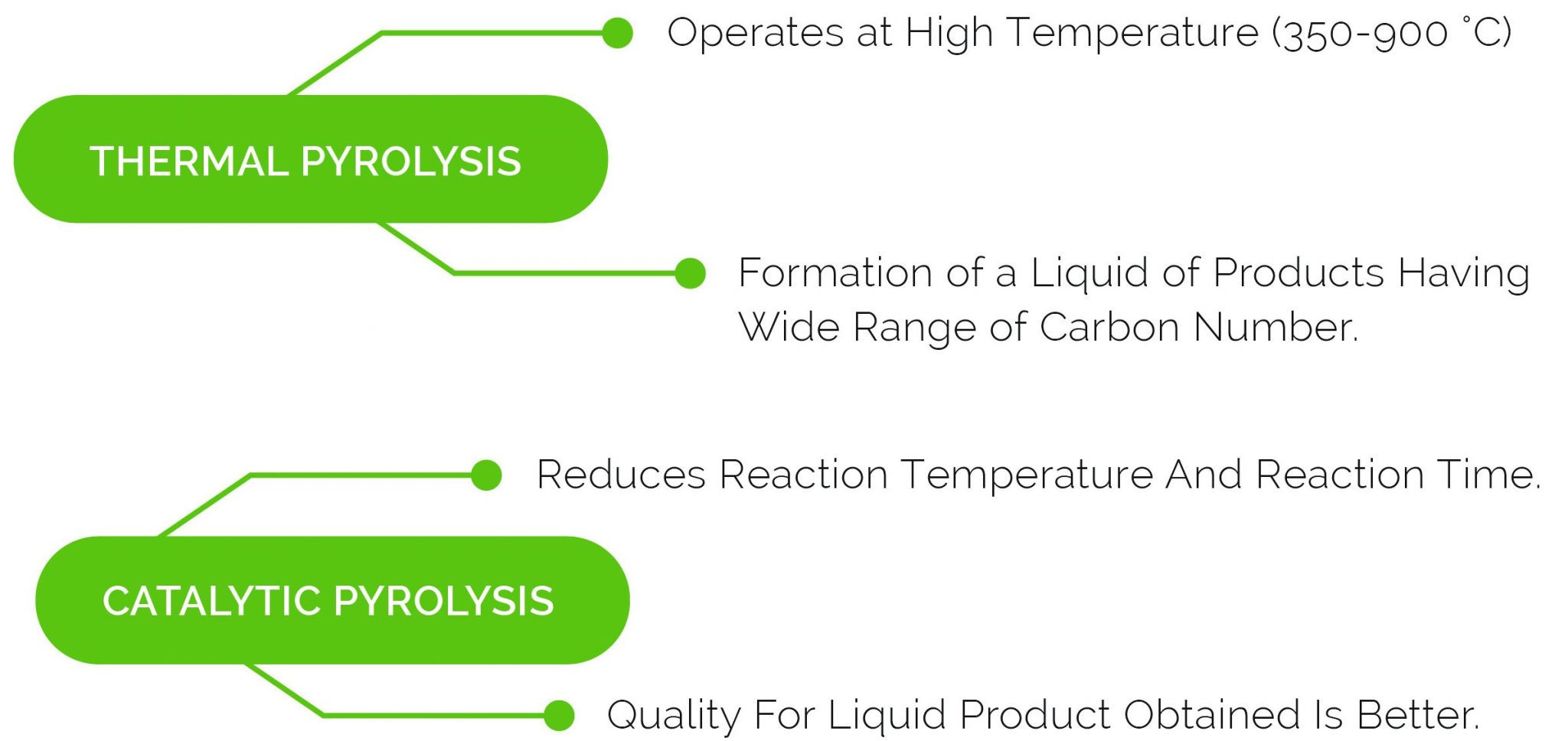
Conclusion
The problem of improper waste disposal methods and a growing population have a significant role to play in the increased waste generation. Hence, these techniques of waste-to-energy generation are important and should be applied so that along with solving the problem of waste disposal, the generation of energy with it can be used for other applications like steam generation, and heat generation, which will reduce the burden on the conventional fossil fuels which are depleting with time.



